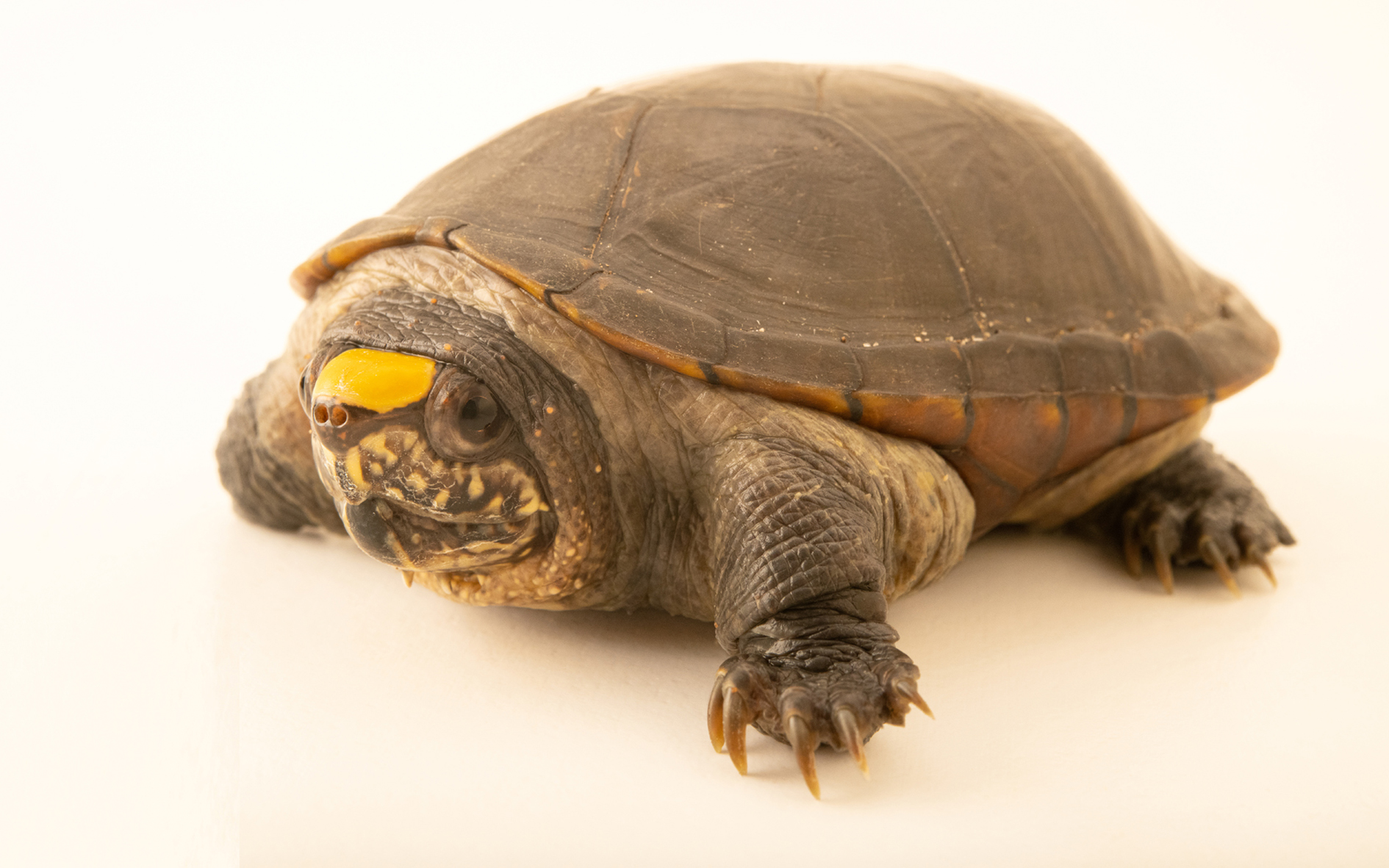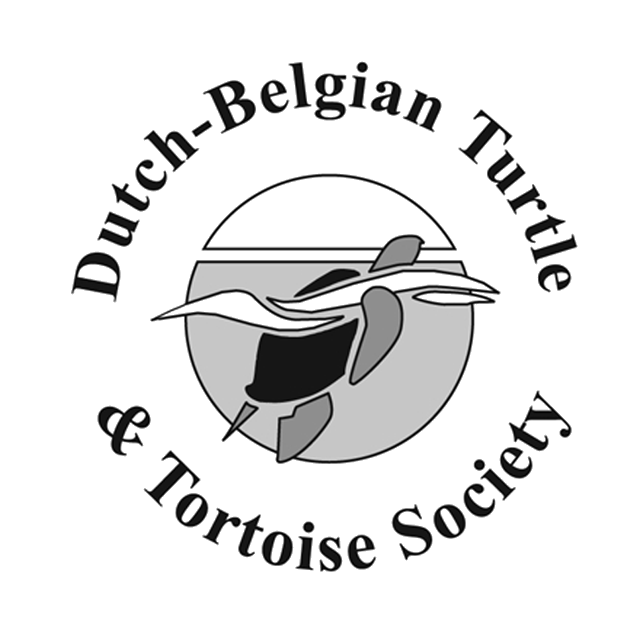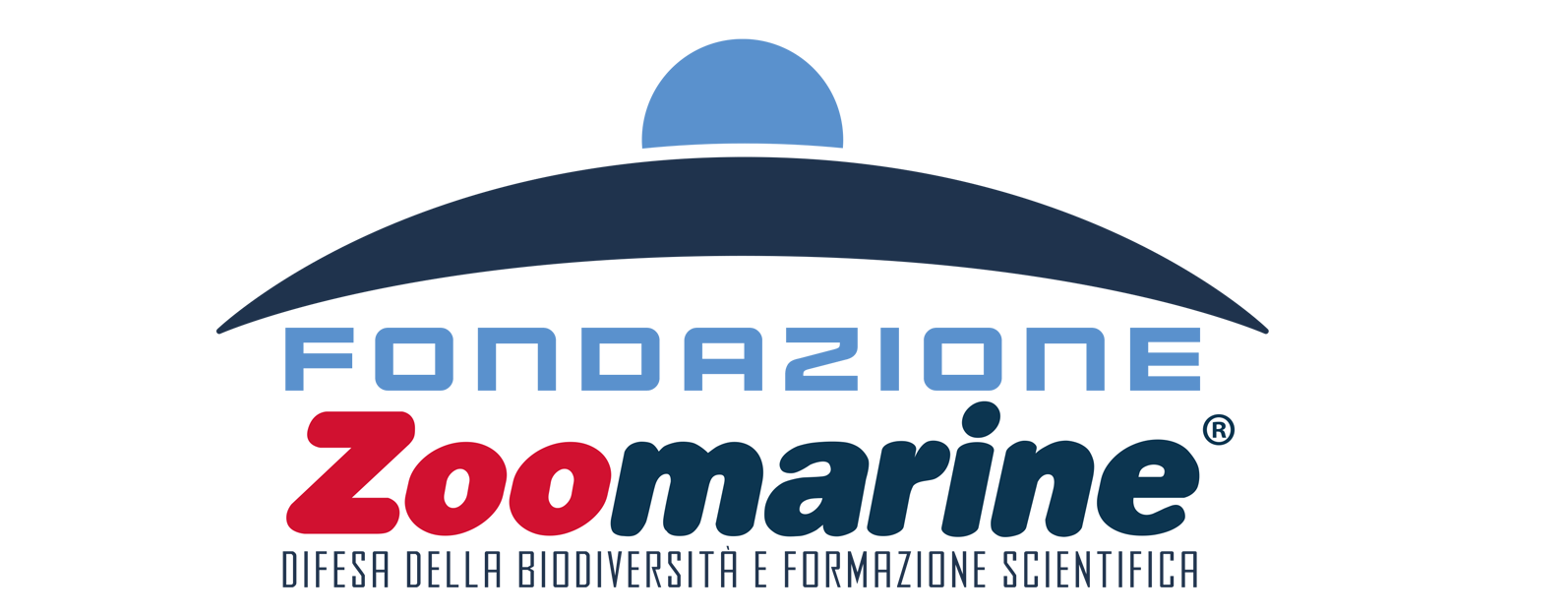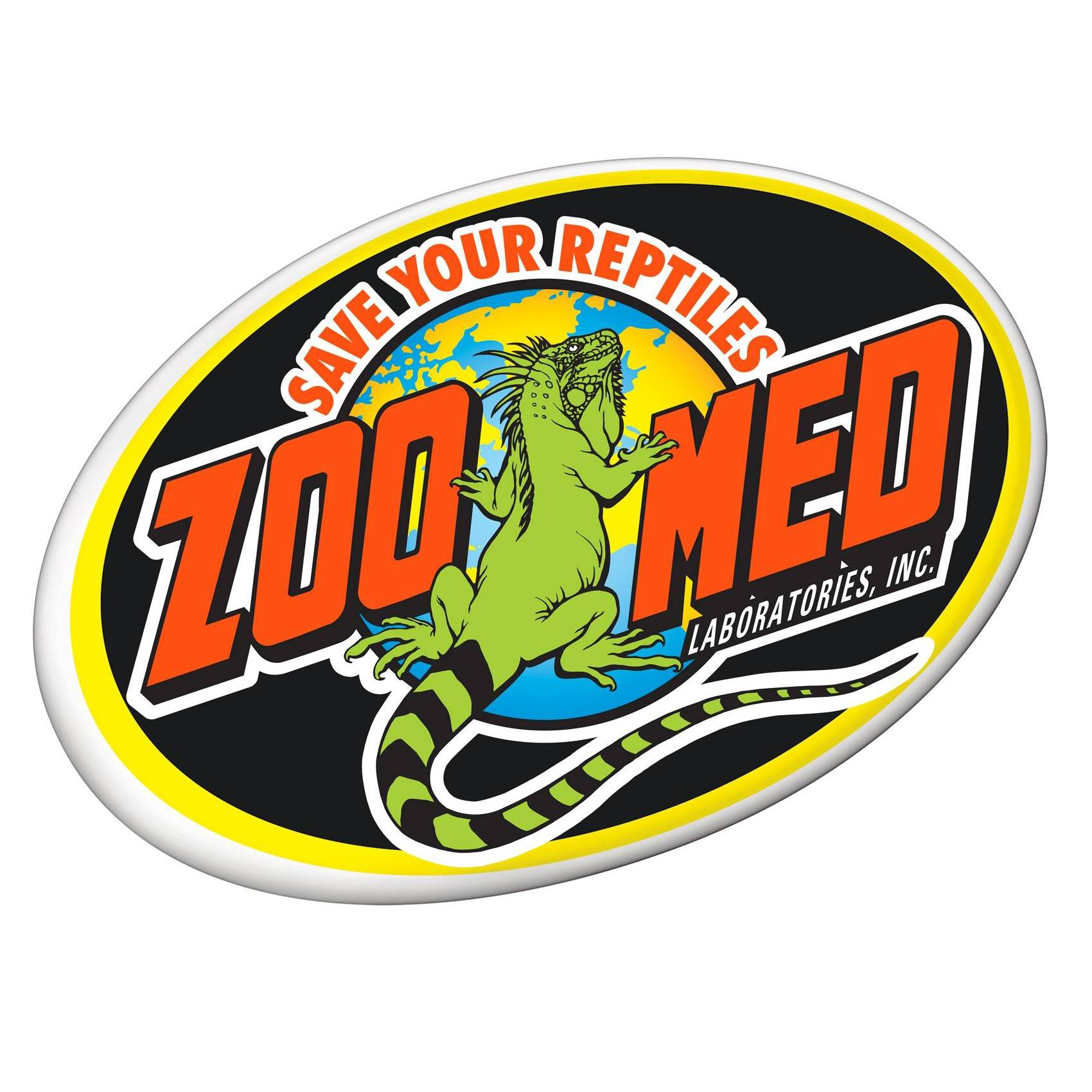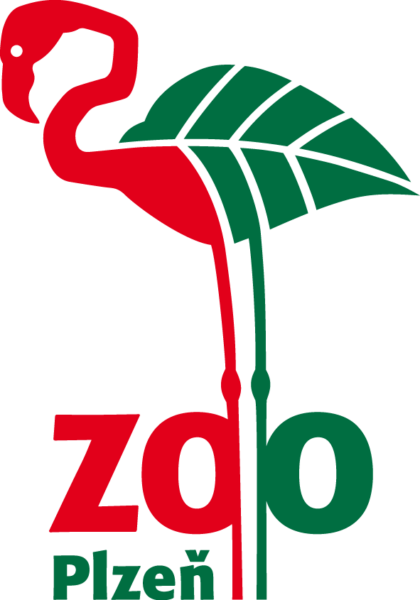THE COUNTRY
Mexico, Puerto Vallarta, Bahia de Banderas
THE ANIMAL
The Vallarta Mud turtle (Kinosternon vogti) was described as recently as 2018 (Lopez-Luna et al. 2018). Despite its unique appearance, it was overlooked by generations of herpetologists, even though the males exhibit is a striking bright yellow spot on the top of their head, which is less pronounced in females.
They are the smallest turtle species on the planet, with males rarely exceeding 75mm straight carapace length (SCL) and females being slightly larger but still rarely crossing the 95mm mark. During the dry season (Feb. to June), they typically undergo 3-5 months of aestivation (a prolonged dormancy similar to hibernation), during which they are deeply buried in the soil.
Females lay 1-5 eggs during the rainy season. The tiny hatchlings, measuring about 20mm SCL, emerge at the beginning of the following rainy season. The rest of the year the species is highly aquatic, inhabiting ponds, slow moving streams, and swamps, where they feed on fish, insects, carrion, plant matter and basically anything that they can prey upon.
OUR LOCAL PARTNER
Together with our Mexican partner, the Centro Universitario de la Costa of the University of Guadalajara (CUC), we are dedicated to preventing the imminent extinction of this species.
THE PROBLEM/THE THREATS
This species is highly endemic to the small valley of the Banderas Bay, situated at the Mexican Pacific coast, in the states of Jalisco and Nayarit, inhabiting small, lowland, not brackish waterbodies.
Unfortunately, this valley represents one of the largest and fastest developing tourist resort areas along the western Mexican coast, being a popular winter tourist area for sun-seeking north Americans as well as for many migratory bird species.
The once-swampy valley is now densely populated and covered with upscale hotels, leaving few remaining water bodies for the species’ survival. We estimate that less than 600 specimens survive, scattered across no more than 4 known sites, covering less than 25 hectares.
During a field survey in February 2022, our team discovered many specimens killed by road traffic along the edge of one of the species’ most important habitats. These turtles were trying to migrate to their summer aestivation grounds, as their swamps disappear during the dry season. This road, which did not exist 10 years ago, now intersects through the habitat, and the turtles are not able to get across it.
Compounding the issue, the owner of this swamp, due to rising property prices, plans to sell the land to a hotel developer.
In 2023 and 2024 in particular, the devastating effects of El Niño have triggered a major drought, affecting mainly the area of the Nayarit subpopulation, where the water level has dropped to less than 10% of the usual amount.
The swamps, vital for the turtles’ survival, are rapidly drying up, exacerbating the already critical situation.
Additionally, raging wildfires have devastated habitats, claimed lives, and destroyed valuable ecosystems. Finally, a sister species of K. vogti, Kinosternon chimalhuaca, has been recorded in Puerto Vallarta. Though not native, its presence poses a threat of hybridization, presenting an additional challenge to the already difficult existence of K. vogti.
Due to all of these adversities, urgent action is needed to preserve these unique animals and their habitats.
THE PROJECT
It is our goal to prevent the imminent extinction of this species.
Our data suggests, that the key threats to the species’ survival are the significant and rampant ongoing habitat destruction, combined with ongoing road construction (causing roadkill), followed by natural disasters, and finally the pet trade.
In February 2023, to avoid further roadkill, Turtle Island and the CUC installed a reptile exclusion fence with pitfall traps along the road previously noted to cause high mortality.
In February 2024, a team from Turtle Island, led by Torsten Blanck, once again travelled to Puerto Vallarta, Mexico, to erect a professional amphibian/reptile exclusion fence along the areas presenting the highest risk of road mortality. The first Vallarta Mud turtles started to migrate and were successfully rescued by our team.
Our conservation center, which will be able to house 150 rescued K. vogti in the future has entered into construction. Furthermore, negotiations for potential land acquisitions to protect the last few remaining sites has begun.
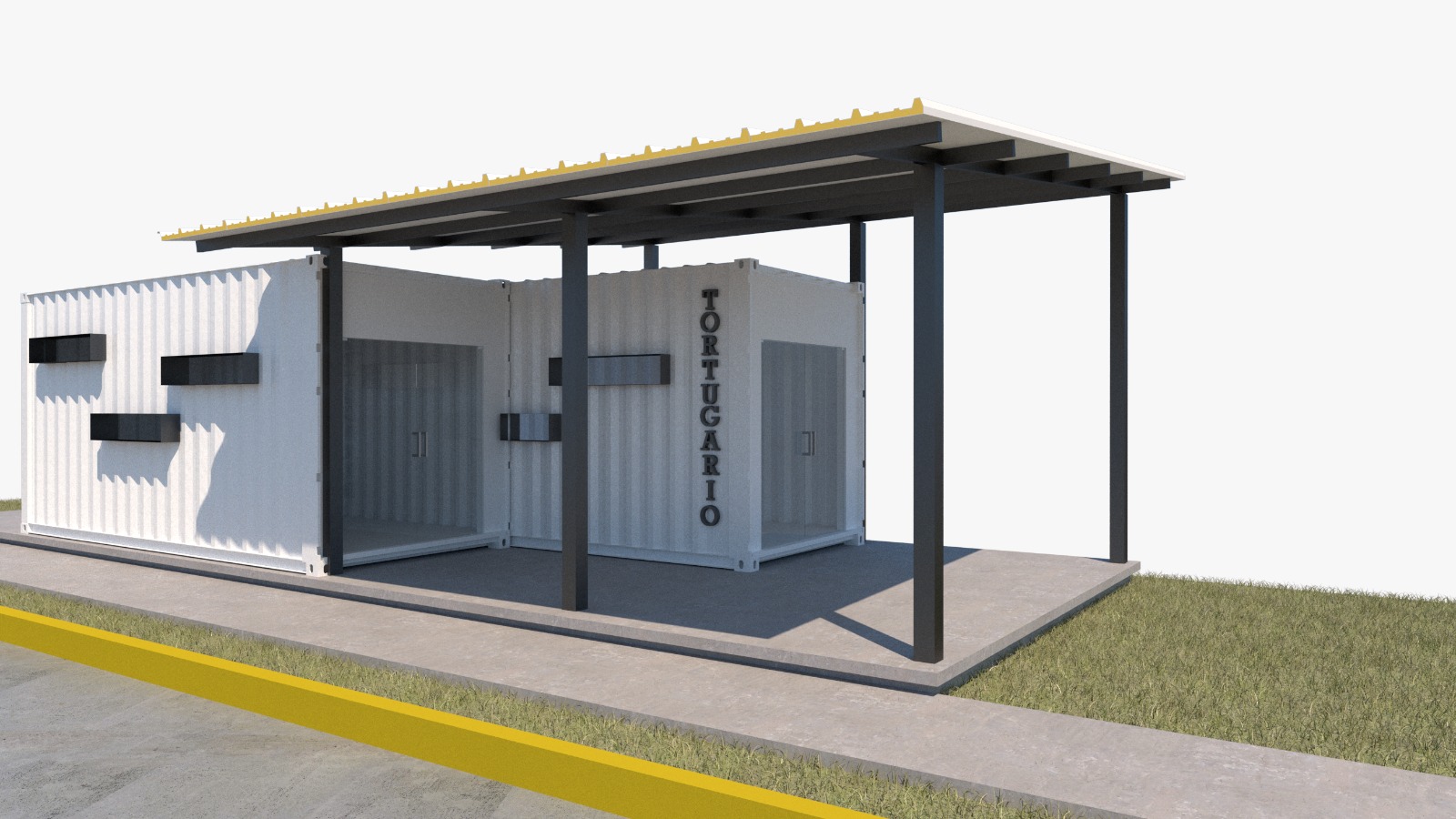
THE RESULTS
By setting up the reptile exclusion fence, more than 50 specimens have been rescued from imminent death on the road in 2023 and 2024, with the 2024 migration period not ended yet.
In Austria, we achieved the world’s first breeding success of this species in human care in one of our breeding centers: three juveniles hatched in early February 2023! The juveniles will form the basis for future reintroduction projects once protected land becomes secured.
In February 2024, the first steps took place for the construction of our new center on the campus of the University of Guadalajara. 150 aquariums have already been ordered and are scheduled to be completed by May 2024.
The number of rescued specimens has sharply increased due to the destruction of one major swamp, where the species thrived until late 2023, and due to our installed measures to prevent further road mortality. As a result, the provisional rescue center had to be enlarged once again.
This initiative, part of the “Proyecto Casquito de Vallarta,” represents a crucial step in our commitment to protecting populations of the Vallarta Mud turtle (Kinosternon vogti).
We hope that the center can be completed in time for the start of the mating season in summer 2025.
Update January 2025:
Sadly, the plight of the Vallarta Mud Turtle has taken another devastating turn. In a targeted theft, fifteen individuals were stolen from our conservation facility in Puerto Vallarta, further endangering the survival of this critically imperiled species.
This tragic incident highlights not only the urgent need for enhanced security measures in Mexico but also the critical role of our assurance colony at Turtle Island in Austria. Here, the species is safeguarded under highly secure conditions, ensuring its survival and providing a vital genetic reservoir for future conservation efforts.
To strengthen protection and continue our work, your support is essential. Please consider making a donation to the Vallarta Mud Turtle project and help us safeguard this species from extinction. Donate here.
You are currently viewing a placeholder content from YouTube. To access the actual content, click the button below. Please note that doing so will share data with third-party providers.
More Information